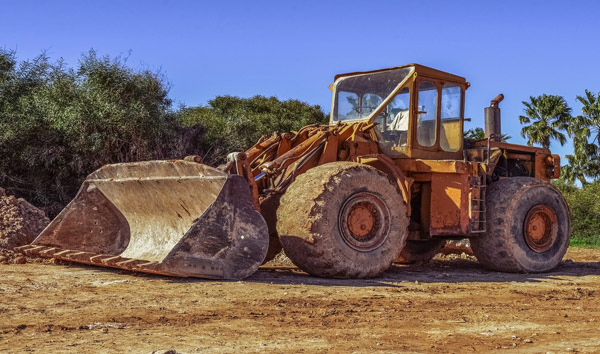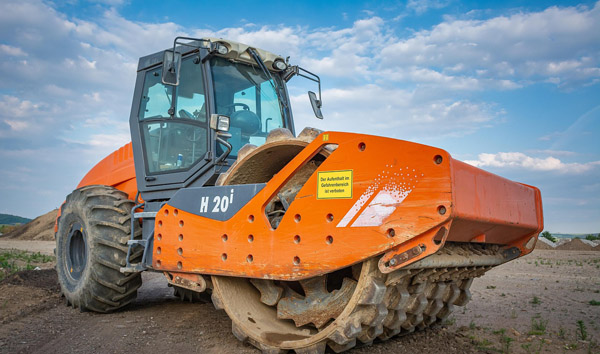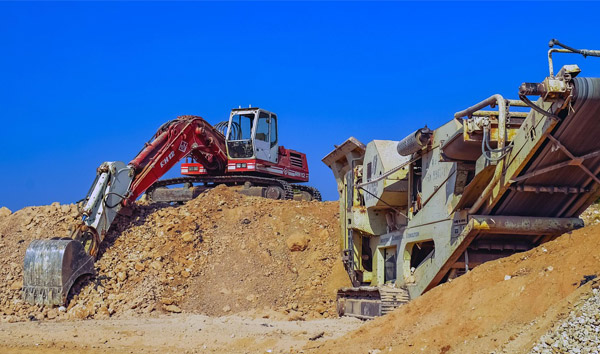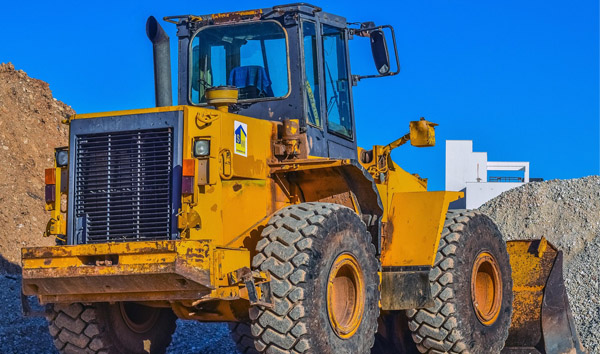Revolutionizing Heavy Machinery: The Power of Rough Terrain Forklift Remote Monitoring
2025-07-27 03:45:30
The integration of remote monitoring systems into Rough Terrain Forklifts is transforming industrial operations by enhancing safety, efficiency, and predictive maintenance. This report explores the technological advancements, industry adoption rates, and measurable benefits of implementing remote monitoring in rugged material handling environments. Content The rough terrain forklift market has witnessed a surge in demand for remote monitoring solutions, driven by the need for real-time equipment diagnostics and operational oversight. According to industry reports, over 65% of heavy equipment operators now prioritize telematics integration when purchasing new rough terrain forklifts. These systems provide granular data on engine performance, hydraulic pressure, and load stability, enabling proactive maintenance and reducing unplanned downtime by up to 30%.
Advanced IoT sensors deployed in modern rough terrain forklifts capture over 200 operational parameters per second, transmitting encrypted data to centralized dashboards. A 2023 study by the International Council of Machinery Manufacturers revealed that fleets utilizing remote monitoring saw a 22% improvement in fuel efficiency across rough terrain applications. The technology’s ability to geofence hazardous areas and automatically adjust torque distribution based on terrain inclination has reduced rollover incidents by 17% year-over-year in mining and construction sectors.
Predictive maintenance algorithms analyze vibration patterns and component wear in rough terrain forklifts with 92% accuracy, as validated by third-party testing. Major manufacturers now embed edge computing modules that process critical data locally before transmitting key insights, reducing cloud dependency. Field tests demonstrate that this approach cuts diagnostic latency from 8 minutes to under 90 seconds—a crucial advantage when operating in remote job sites with limited connectivity.
The ROI of remote monitoring for rough terrain forklifts becomes evident when examining fleet utilization metrics. Data from 1,200+ units across North America shows a 40% increase in productive operating hours after implementation. Operators receive automated alerts for abnormal tire pressure or unstable loads—common challenges in rough terrain environments—allowing corrective action before safety incidents occur. This aligns with OSHA’s 2024 guidelines advocating for telematics in high-risk material handling scenarios.
Future developments focus on integrating AI-powered terrain mapping with existing remote monitoring systems for rough terrain forklifts. Prototypes testing at Nevada mining sites demonstrate autonomous path optimization that reduces tire wear by 15% on rocky surfaces. As 5G networks expand, expect sub-50ms data transmission speeds to enable real-time remote operation of rough terrain forklifts in hazardous zones, potentially reducing on-site personnel exposure by 60% within the next decade.














